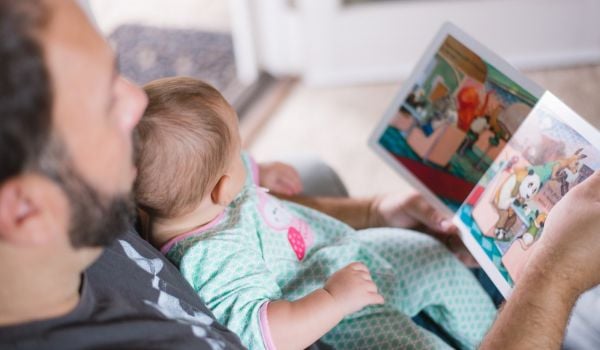College is supposed to be an engine of upward mobility, each diploma a kind of golden ticket for the American Dream. But a new paper — which will be unsurprising to those following the country’s various income gaps — shows that poor access to the colleges turning out the highest earners could “limit or even reverse” the ability of colleges to foster intergenerational mobility.
The paper is called “Mobility Report Cards: The Role of Colleges in Intergenerational Mobility,” and it comes from a team including economists Raj Chetty and Emmanuel Saez (whose work Next City has covered before). With a massive amount of data, including administrative numbers on all college students from 1999 to 2013, they created “mobility report cards” that reflect how U.S. colleges contribute to economic mobility. Specifically, they looked at statistics on students’ earnings in their early 30s vs. their parents’ incomes.
They found that one piece of that old American Dream rhetoric holds up: Children from low- and high-income families have similar earning outcomes depending on where they go to college. But access to the colleges turning out the top earners is limited for lower-income students, particularly for those in the bottom half of the income distribution.
“There is no evidence of a ‘missing middle’ – the hypothesis that students from the middle class may be especially under-represented at elite private schools, since low-income students receive substantial financial aid and high-income students have ample resources,” the researchers write. “On the contrary, students from the lowest-income families have the smallest enrollment shares at the most selective private colleges, both in absolute numbers and relative to comparably ranked public schools.”
The colleges with the highest report card scores (combining access and success rate relative to previous generation) include three in New York City: Vaughn College of Aeronautics and Technology, CUNY Bernard M. Baruch College and City College of New York. Also near the top: UCLA in Los Angeles and Texas A&M. What are consider the most prestigious schools don’t fare so well. Harvard sits at number 857 on the (giant) Excel document researchers have made available. Yale is number 1,290, Stanford is number 529, and Princeton is at 1,297. (The document has 2,203 entries.)
“Mobility rates vary substantially across colleges because there are large differences in access across colleges with similar success rates,” according to the paper. “Ivy-Plus colleges have the highest success rates, with almost 60 [percent] of students from the bottom quintile reaching the top quintile. But certain less selective universities have comparable success rates while offering much higher levels of access to low-income families.”
Overall, “the colleges that have the highest bottom-to-top-quintile mobility rates are typically mid-tier public schools.”
Another interesting finding, which the Brookings Institution has elaborated on, is the contribution of historically black colleges and universities to upward mobility. (And speaking of HBCUs, they could be particularly important for the upward mobility of black women.)
“HBCUs are doing a better job than the average postsecondary institution, in terms of vaulting lowest-income kids into the top quintile as adults,” write Richard B. Reeves and Nathan Joo. “Of those HBCUs that the researchers were able to collect data for, over 85 percent had a higher “mobility score” than the average across all institutions in the U.S.”

Rachel Dovey is an award-winning freelance writer and former USC Annenberg fellow living at the northern tip of California’s Bay Area. She writes about infrastructure, water and climate change and has been published by Bust, Wired, Paste, SF Weekly, the East Bay Express and the North Bay Bohemian
Follow Rachel .(JavaScript must be enabled to view this email address)
















